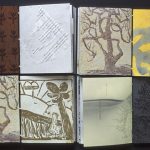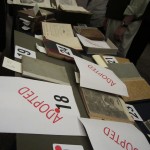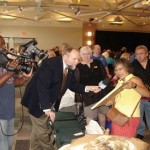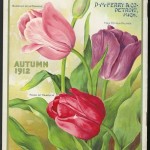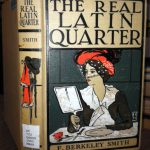
–This post was contributed by Kimberly Lesley, American Art and Portrait Gallery Library intern, summer 2012.
This summer I had the opportunity to work on two projects at the Smithsonian American Art Museum/National Portrait Gallery Library: evaluating titles from the print reference section and selecting public domain titles for digitization. The majority of time was spent on the former, evaluating once heavily relied upon indexes and reference titles against databases and open access online resources. As I paged through volumes of reference titles I was grateful for the vast amounts of information available online with a few keywords and a couple clicks.


